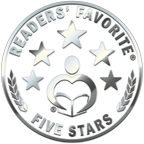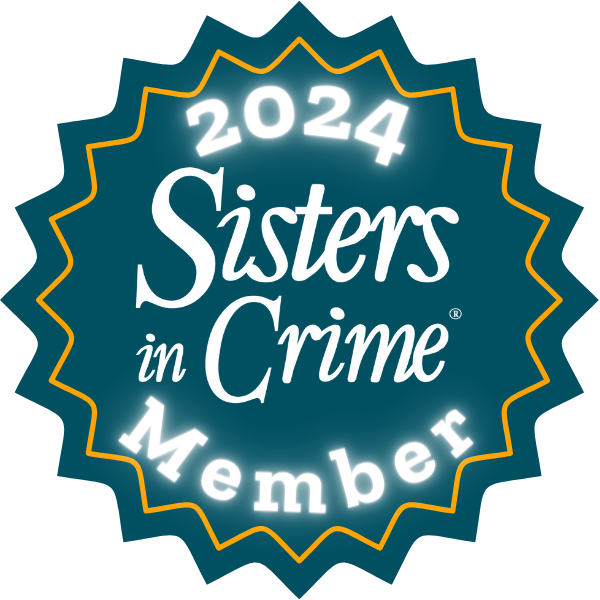At last! Today is the first “fun fact” book review of 2023. As it’s the first, I’m still working out kinks–but I have to tell you, it felt very good to finally dig into that pile of research books sitting beside my desk. 😉
So, this week I read Witches, Midwives, and Nurses, by Barbara Ehrenreich and Deirdre English (the second edition, published in 2010). And since we’re just starting out with these book reviews, I should explain: my “research” books are all on subjects that are tangential to my fiction writing. This includes folklore, historical views of witchcraft or magic, and a lot of alchemy. There are even a couple of very practical “how to survive [insert magical creature here] attacks” books in there. 😉 I picked out Witches, Midwives, and Nurses specifically because I’ve been writing a lot about a particular character, Sakura, who is a witch (more on that later).
First let’s focus on the book itself. It’s a very thin book–the authors refer to the first edition as a “pamphlet”–written with a specific purpose: to point out (and prompt action about) sexism in the medical field. Because it was first written in the 1970s, it feels a little bit like Common Sense for a previous generation of nurses. I think the authors, in their introduction to the second edition, put it very well:
“Witches, Midwives & Nurses (WMN) is a document from the second wave of feminism in the United States. Rereading it forty years later, we find it startling in its assertiveness and sweep and, for the most part, surprisingly accurate . . . we also cringe a little at what read now like overstatements and overly militant ways of stating things. A lot has changed in forty years . . . If some of the sources of our anger now seem quaint, this is only because of works like WMN and the movement it came out of.”
Ehrenriech and English, 2010; p 7
The historian in me loves that context. 🙂 But for my purposes, it was the third section of the book–“Witchcraft and Medicine in the Middle Ages”–that was really relevant. The authors paint a brief but thorough picture of women as healers, and a cohesive argument about the origin of the “witch craze” (that’s a trend of persecuting witches, not joining their ranks!) in Europe. Because these ideas influence our folklore around witches today, I found this section compelling. The book goes on to consider American medical institutions in the 1800s and 1900s, but those topics are outside my interest for the blog (while still being interesting–but that’s a conversation for another forum!).
In all, I found the book to be thought-provoking, well cited, and its arguments very clear. I’ll include my one other favorite quote (and remember, they are writing about people living in the Middle Ages, before the age of the Enlightenment and emphasis on rational thought):
“The witch-healer’s methods were as great a threat . . . as her results, for the witch was an empiricist: she relied on her senses rather than on faith or doctrine, she believed in trial and error, cause and effect. Her attitude was . . . actively inquiring. She trusted her ability to find ways to deal with disease . . . In short, her magic was the science of her time.”
Ehrenriech and English, 2010; p 48
Ah! I love it. To bring things back around to my own writing, this idea of “actively inquiring” sums up the attitude of my alchemist, Red, very well. (This is exactly what makes her a good sleuth.) But it also fits Sakura, the witch–just in a more behind-the-scenes sense. Sakura is not a physical healer, but her magic is concerned with facing emotional wounds and destructive habits. (In my books and in some communities in the real world, this kind of magic is metaphorically named “shadow magic”–just not the kind of “shadow” magic that involves un-metaphorical demons . . . but I digress.) Her pragmatic approach to dealing with deep-seated emotional issues makes her a very insightful character, but it also can make her a difficult conversation partner if the other characters aren’t expecting it. It also makes her an excellent, if somewhat over-bearing, matchmaker . . . but we’ll be hearing all about that in February, when the first romance in her series releases. 😉
Selected Sources
Below you’ll find the proper (Chicago-style) citation for today’s book. I found my copy in a thrift book store, but given its (relatively) recent re-release, you can probably find your own copy online if you’re so inclined!
Ehrenreich, Barbara, and Deirdre English. Women, Midwives, & Nurses: A History of Women Healers. 2nd edition. New York, NY: the Feminist Press at the City University of New York, 2010.
Want to Keep in Touch?
Options! You can sign up for my newsletter, which comes out twice a month and includes sneak peeks, book recommendations, cat pictures, and a round up of recent blog posts. Or, you can subscribe to the blog itself, to make sure you never miss an upcoming release. You can also do both! Either way, I’ll never share your info, and I’m looking forward to sharing with you again. 🙂
Newsletter:
Blog:






2 Pingbacks